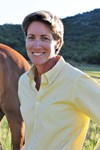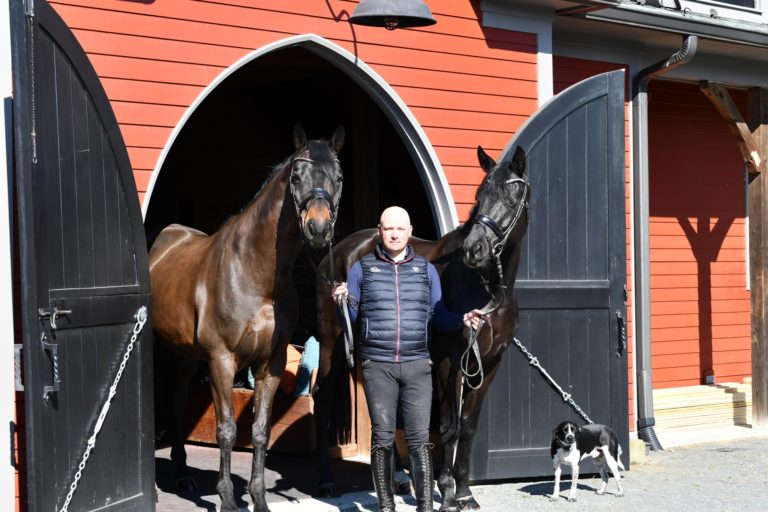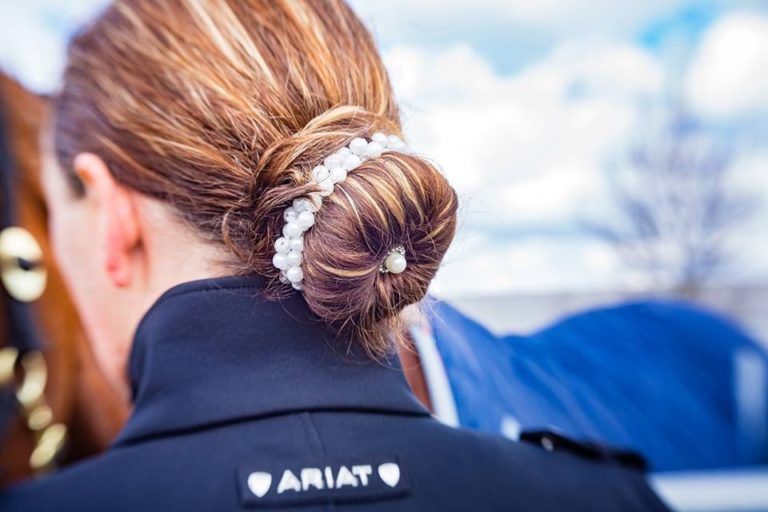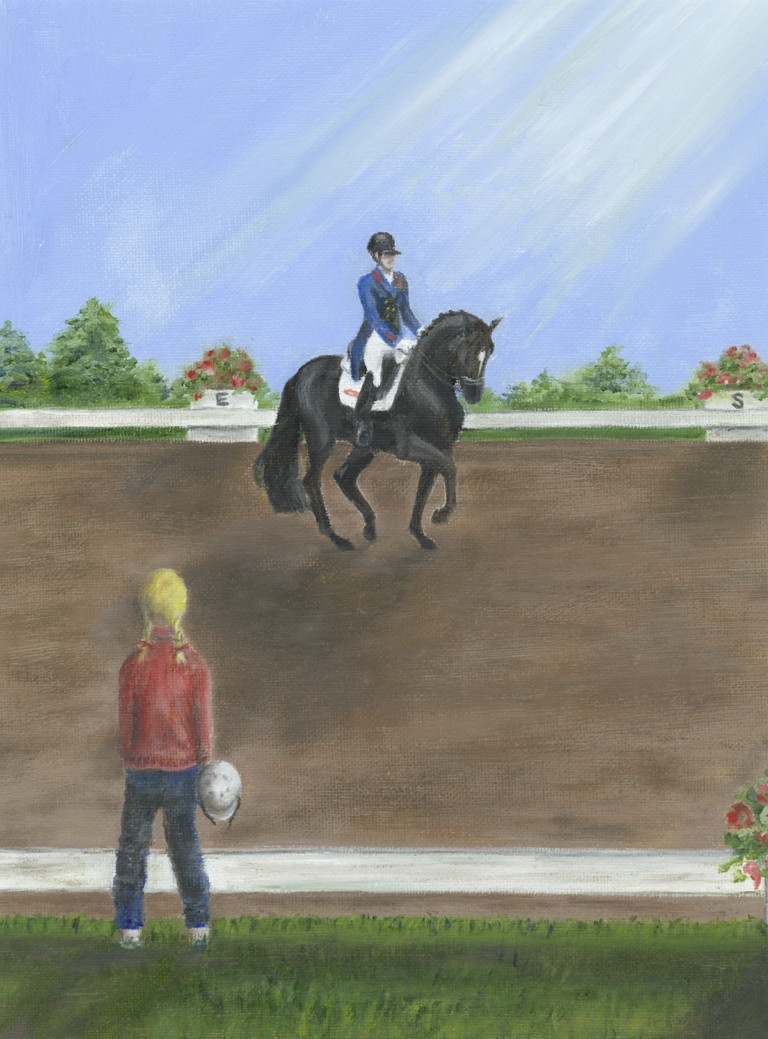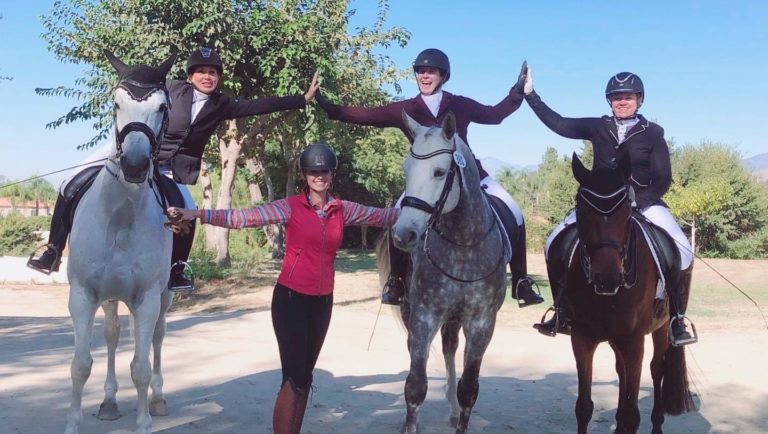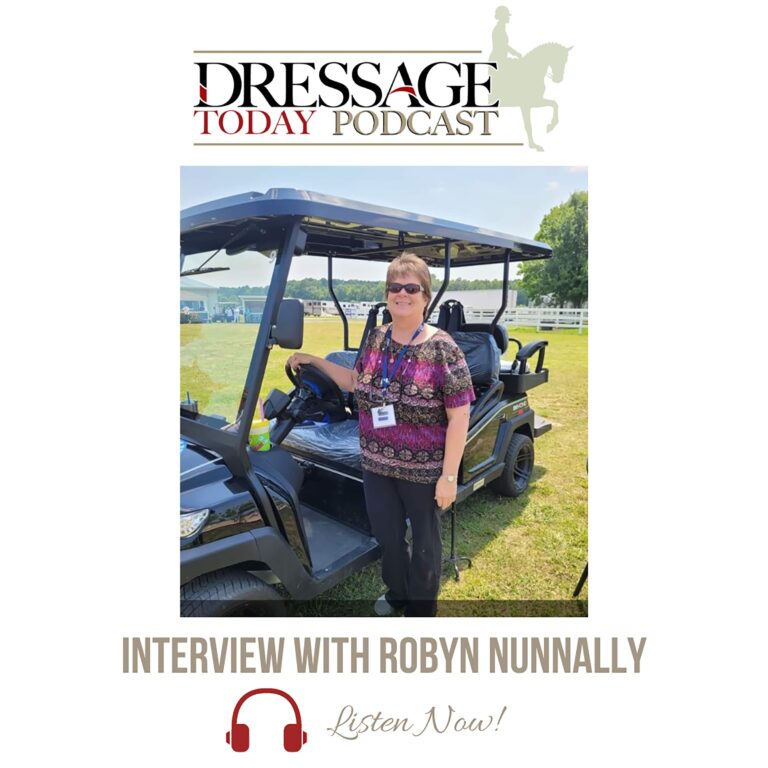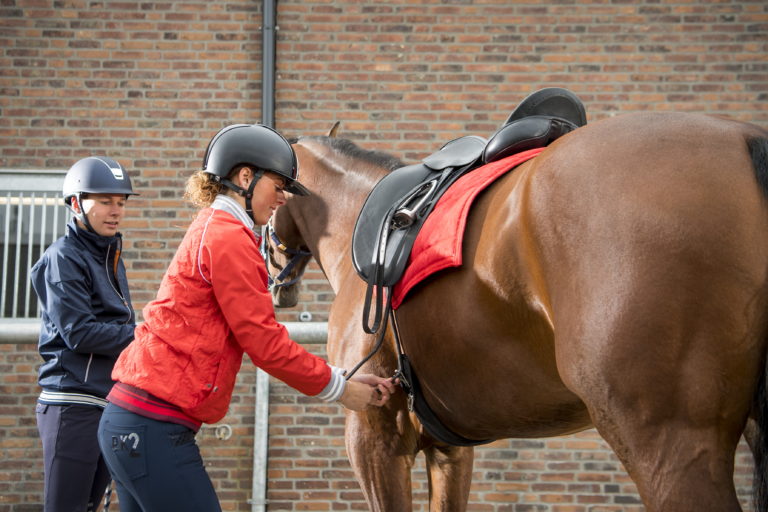“Practice makes perfect.” We have all heard that phrase before, but I prefer this one: “Practice makes permanent.” All of us do things repeatedly and don’t realize how that practice makes that action permanent. Another way to define this would be as a habit. Habits are mindless routines that you don’t think about. For example: brushing your teeth. You don’t approach your bathroom sink and talk yourself through brushing your teeth. You probably don’t even think about it because it is a habit made permanent through repeated practice. So how does this apply to riding or showing? We all have habits when we ride that, fortunately or unfortunately, we make permanent by repetition. Visualization is a great way to create and reinforce new habits mentally without physical pressure or any other external pressure, such as your trainer, your horse or riding conditions.
Visualization is one way to increase your practice time without having to leave your desk, home or school. Research shows you can create neural pathways through visualization, and the stronger the neural pathway, the more habitual the task. After visualizing them, physical tasks become easier to learn and improve. You can learn movements or prepare for a show with visualization. Here are some tips for how to practice visualization to create better riding skills, mentally and physically.
First, images must always be positive! Don’t mentally rehearse for the worst; it doesn’t prepare you for anything except creating the worst. Instead, “ride” your horse and experience the things that happen daily. This will prepare you for spooks or bolts. If you visualize encountering these problems, the images just become stronger, and you don’t want your mental energy there.
Second, images should have multiple senses involved. You want to see, hear, smell, touch and taste in your visualization. The image becomes real and captures more of your brain.
Third, and most importantly, put feeling into your images: soft, powerful, flowing, connected…whatever you are looking for. A big mistake is to have only a visual picture because that keeps you separate from the image. You want to bathe in your image, to feel it and be as in it as you would be if you were actually doing it.
Now try this: Recall your best or favorite ride ever and replay it in your mind for 10 seconds. It doesn’t matter where or when or what horse, but the one that jumped into your mind just now. Was it easy or hard to recall? If it was hard, that simply means your visualization skills need to be sharpened (in other words, practiced). Did you see the image as if you were sitting on the horse and riding, seeing your hands or the horse’s head? Or did you see yourself as if you were looking from the sideline, watching yourself like someone else might? Both perspectives are effective, so don’t worry which one you use. You can play with swapping perspectives once you are good at it.
The most important part of visualization is practice, practice and did I mention practice? There is no magic pill to become better at anything. You have to do the work. The great thing about visualization is that it doesn’t take a lot of time daily, but you need to do it as a program for true effect. So often, riders spend the night before a dressage show visualizing their test over and over and then are amazed that it didn’t work the next day. That is like cramming for a test at school. That doesn’t give it time to stick. If you create a few images and practice them a dozen times a day for a month, you will be amazed at the result.
Pick something you want to turn into a habit and create a positive image of you performing it successfully. If you are having trouble getting an image, write a short description first, read it out loud, then create it mentally. Then, visualize the image a dozen times a day for 10 to 20 seconds. Just 10 to 20 seconds of the image over and over again will make a difference.
It is best to close your eyes when you visualize, so don’t practice this while driving! But you can do this anywhere else that you are able to stop, breathe and visualize. Take two or three deep breaths and connect to the image visually in your mind. Feel the image as much as possible, using as many senses as you can.
Then, when you get on your horse, see if you can feel in that moment what you had previously visualized. When the imagined feel and real feel become a match, you will know it. Then it will become easier and more permanent. The next step is picking another moment and creating the next great habit!
Dr. Jenny Susser has a doctoral degree and is licensed in clinical health psychology, specializing in sport psychology. A four-year All-American swimmer at UCLA, she swam on two national teams and at the 1988 Olympic Trials. She has worked with collegiate, professional, international and amateur athletes of all sports and ages. She was the sport psychologist for the 2010 WEG South African ParaDressage Team and the 2012 U.S. Olympic Dressage Team. Dr. Jenny is also a performance coach with the Human Performance Institute, delivering corporate trainings. She remains active out of the pool these days by running and riding her horses. (JennyRSusser.com)
